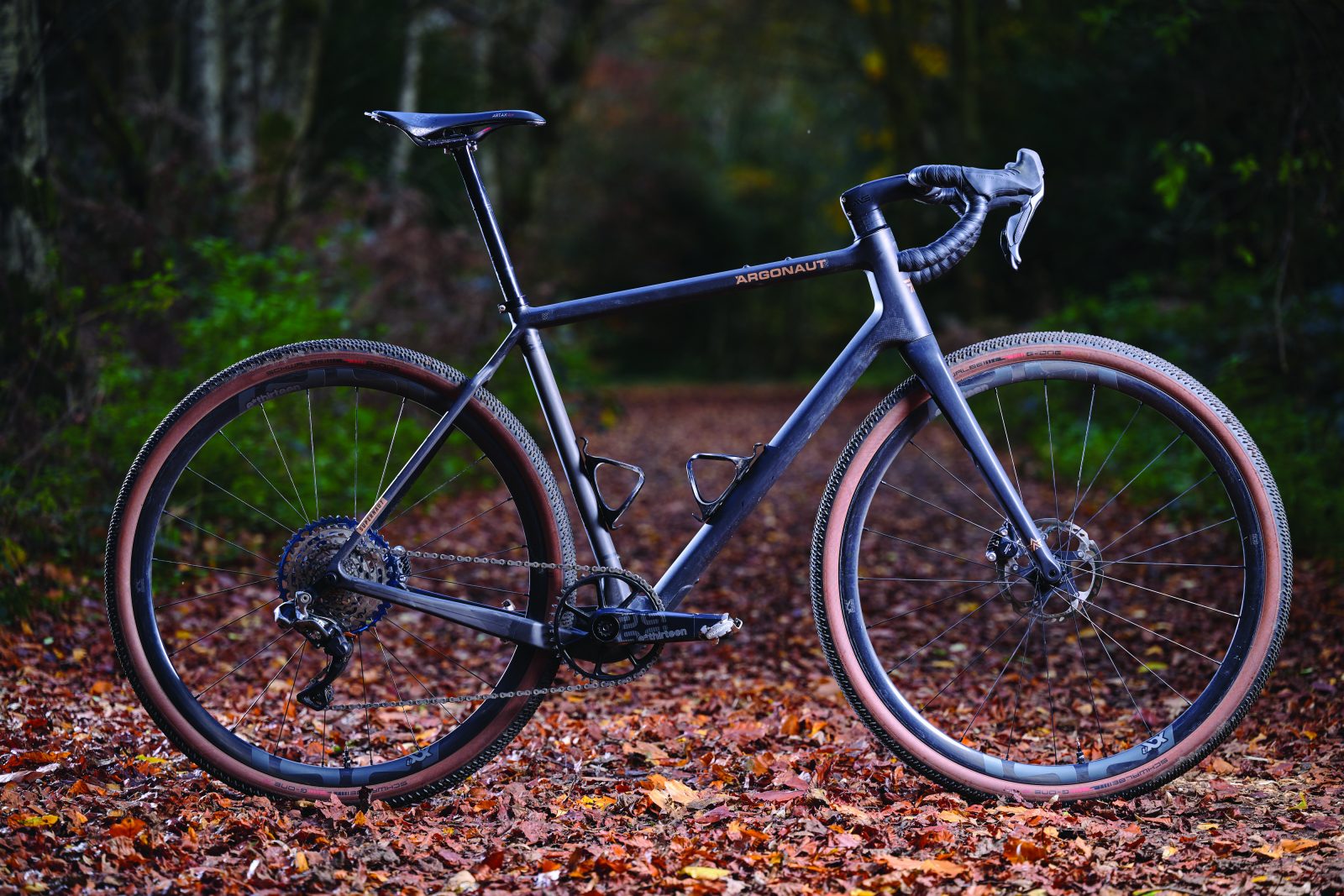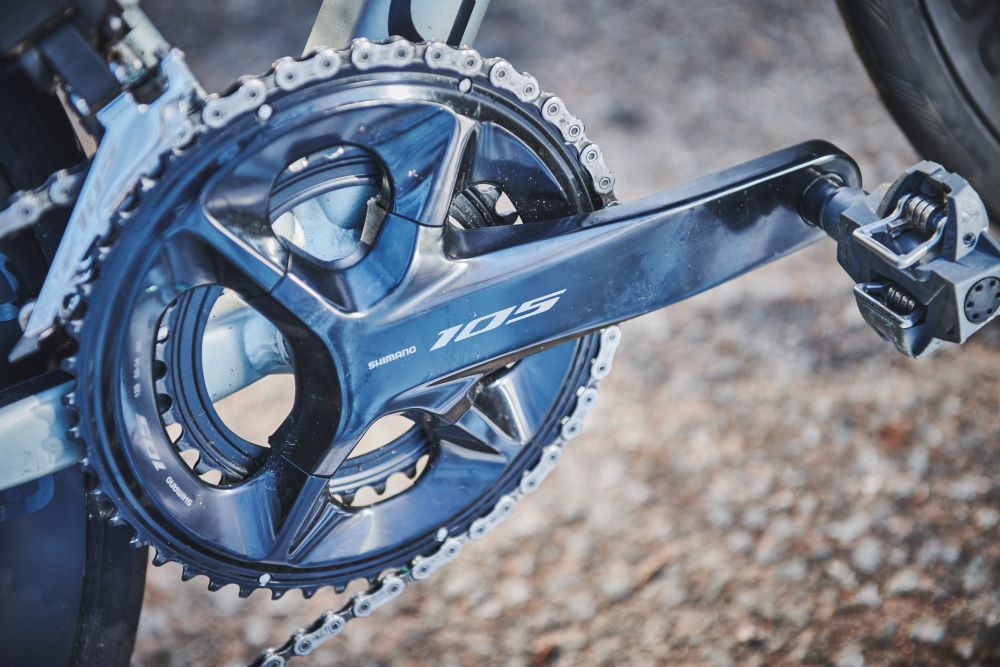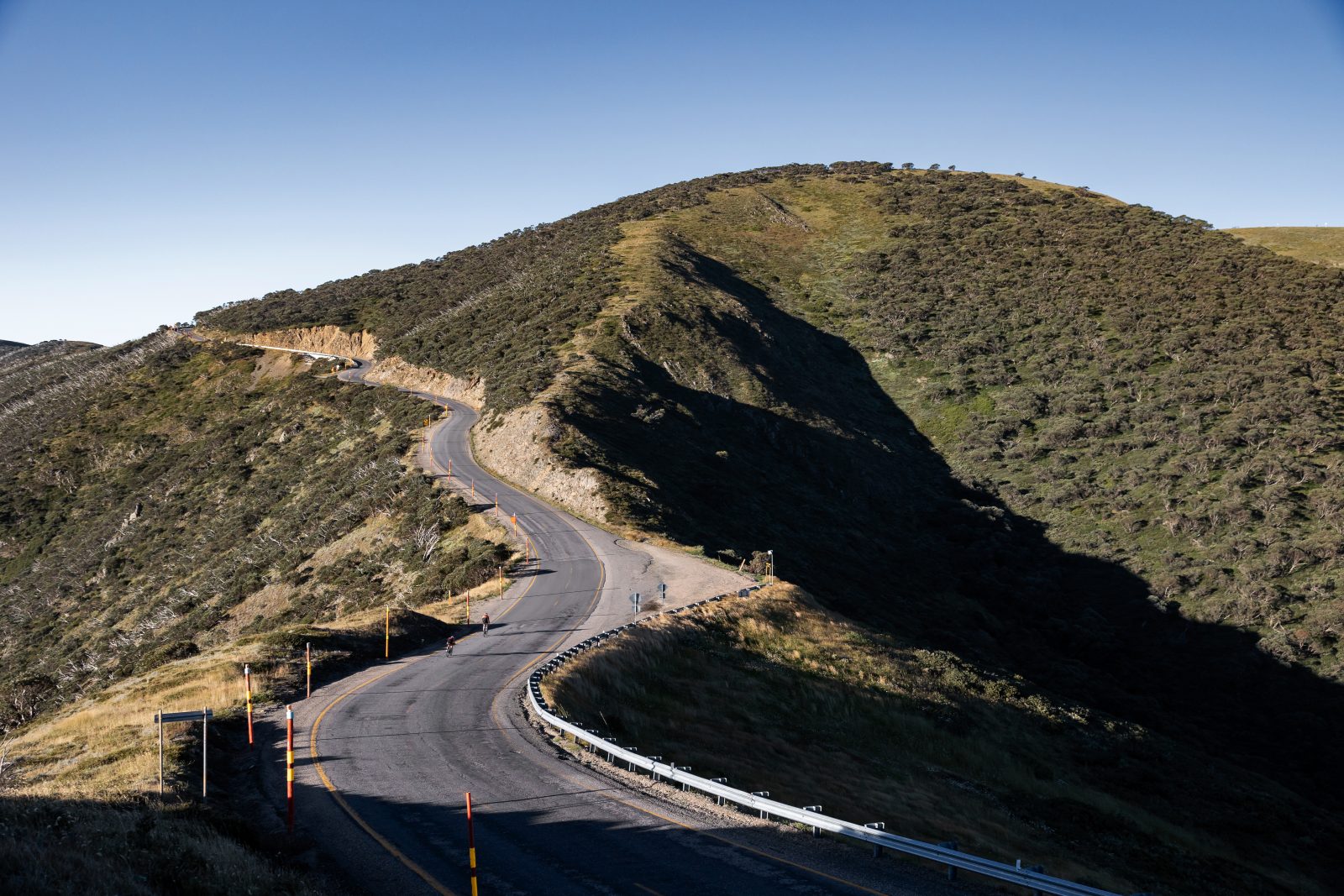Water is essential for life, but it’s not enough on its own for optimal performance on the bike. Cyclist looks at what the body needs to stay perfectly hydrated
We moan when it falls from the sky, but water is up there with wheels in its importance to cycling. Water is the most significant substance your body requires for life, on and off the bike, but is it enough alone to stave off dehydration, or should we be filling our bidons with those hi-tech powders and tablets that claim to make water even better?
‘Hydration is about water balance,’ says Mayur Ranchordas, senior lecturer in sport and exercise nutrition and physiology at Sheffield Hallam University. ‘You need to take on enough water for the cells in your body to function.’
To understand the process of hydration it’s essential to understand the role of water in the body. The average human adult male is 50-60% water, and the average adult female comprises 45-55%, depending on age and lifestyle. Whatever your gender, that’s a lot of fluid.
To understand the process of hydration it’s essential to understand the role of water in the body
According to Netter’s Atlas Of Human Physiology around 62.5% of that water is intracellular (contained in our cells). The rest is extracellular (outside), found in blood plasma, interstitial fluid (the tissue fluid that surrounds our cells) and transcellular fluid, which moves between cells and is found in the brain, spine, eyes and joints. That should make it clear that every facet of the body relies on water to function efficiently, but it’s especially important if you’re active because around 75% of muscle tissue is made up of water. Dehydration affects the muscles’ ability to function to the point where, in extreme cases, they stop working altogether.
So what actually happens when you drink? ‘Hydration is a complex process,’ Ranchordas says. ‘But in simple terms, you ingest water and it’s digested in your stomach. From there it goes into the blood stream and around your cells – both intracellular and extracellular – and any excess is emptied when you urinate. Your body will only absorb what it needs.’
It’s worth noting here that water reacts differently in the body to other drinks. ‘Water empties quickly, whereas high-carb drinks are slower to absorb and empty because they contain bigger molecules,’ Ranchordas says.
The curse of dehydration
Dehydration affects performance – even a 2% drop in body fluids will thicken the blood, decrease the heart’s efficiency while raising heart rate, and increase body temperature.
‘At 3% dehydration, you lose 10% of your strength and 8% of your speed,’ says sports nutritionist and founder of Corperformance Adam Carey. ‘At 7%, people start to die.’
The key, then, is to make sure you have a comfortable amount of fluid in your system before riding. ‘Most people won’t want to take on too much before they start as it can be uncomfortable – about 100-200ml in the 30 minutes before is enough,’ says nutritionist Sarah Schenker. ‘You can tell you are well hydrated if you’re peeing out pale urine.’
‘I’d start hydrating 24 hours before a big ride,’ says Ranchordas, and Schenker agrees: ‘Drink two litres of water the day before the race. That’s your daily requirement, plus a bit extra to make sure you are well hydrated.’
‘Just remember to avoid drinking a large volume in a short space of time, whether you’re at home or on the bike,’ Ranchordas adds. Water is absorbed better in small sips than in one guzzle, which will make a beeline for your bladder. You’re better off drinking 200-300ml every 20 minutes than downing
a litre on the hour, every hour. Plus, as Carey adds, ‘You can exercise for an hour with little or no need for water, and you will be lighter so therefore faster.’

‘There can be a tendency to over-emphasise hydration,’ says Ranchordas. ‘There are two theories: firstly, that you should only drink to your thirst response; secondly, that you should stay well hydrated at all times because if you feel thirsty you’re already dehydrated. I think there’s a middle ground: you need to drink more in advance if it’s hot, but in neutral conditions it’s OK to drink when you feel thirsty.’
Extreme heat will affect how much you sweat – and therefore how much water you need. This is where staying well-hydrated is vital. ‘There is no set formula,’ says Ranchordas. ‘It’s hard to offer general advice because everyone’s sweat rates are different. Even among the pro peloton, elite cyclists are different. One rider may need a litre per hour, whereas another may only need 750ml. I would recommend that, as a starting point, you take on 500ml every 45 minutes, depending on the weather.’
‘You need to use common sense,’ says ABCC [Association of British Cycle Coaches] senior coach Ian Goodhew. ‘Drinking small amounts regularly keeps you focussed, but you need to plan ahead so you’re not trying to drink on a long climb. Never go out without money, because you can always buy water en route. I’ve just come back from a ride in France where it was 35°C and I only had one bidon, but I stopped to buy a drink plus water to top it up. I’ve even knocked on people’s doors to ask for water, and you know what? People will help you out.’
Hot weather throws up another problem, though. Your body doesn’t just lose water when you sweat – it also sheds essential elements such as sodium, potassium, calcium, magnesium and phosphate. These elements are known as electrolytes and help maintain your balance of fluids and aid with cell and organ function. So this is where the sports drink comes in.
Just the tonic
Until surprisingly recently, sportsmen and women drank only water, tea or coffee for a caffeine hit and, rather too often, alcohol – yet the sports drink can be traced back to 1965.
Gatorade was the first branded sports drink, and was developed as the result of a coach for the University of Florida Gators American Football team asking a team of physicians on the campus to investigate why heat had such a negative impact on player performance. The resulting study revealed that fluids, electrolytes and carbohydrates lost during sport weren’t being replaced, so the team formulated the world’s first ‘sports’ – as opposed to caffeine-based ‘energy’ – drink. The concoction initially contained water, sodium, potassium, phosphate and lemon juice, and probably didn’t taste great. But some of the Gators tested it and it worked.
If your body starts to run out of carbohydrate fuel it will draw on the glucose in your liver and muscles to keep you going
These days there are three main types of sports drink: isotonic, which contains similar concentrations of salt and sugar as the human body, and will therefore restore them after exercise; hypertonic drinks contain a higher concentration, and hypotonic, with a lower concentration.
The brands that now fill supermarket shelves contain varying amounts of key ingredients. These are primarily carbohydrate (from glucose) to replenish energy, and electrolytes to replace those lost through sweat. And as well as off-the-shelf drinks, many brands now produce electrolyte tablets that you can dissolve in water and carry with you in your bidon.
Most of these drinks and tabs are isotonic. ‘An isotonic drink is the fastest way to get fluid into your body – it’s the quickest absorbed at that concentration – and delivers some fast-acting carbs too, which spares your glycogen reserves,’ says Schenker. This is important because if your body starts to run out of carbohydrate fuel it will draw on the glucose in your liver and muscles to keep you going. Use that up and you will face every cyclist’s worst nightmare: the bonk.
But don’t fall for the marketing hype. ‘There is a big difference between elite athletes and “weekend warriors”,’ says Carey. ‘Water is enough for any training session of an hour or less in temperate conditions. For anything more, the big brands are fine, but even they are quite low in glucose if you’re training for something like a multi-stage race.’
Ranchordas goes even further: ‘I’d say water is fine for any ride of less than two hours in temperatures of less than 25°C. You only need to add an electrolyte tab to your drink if your ride is longer than two hours and/or the temperature climbs – although again, everyone is different.’
‘It depends on the temperature, the terrain and your fitness,’ adds Goodhew. ‘It’s very hard to self-analyse. What does dehydration feel like? If you’re tired and hot you could be close to bonking. If it’s a hot day and you stop sweating your body is dehydrated, so you need to drink, now. Be sensible.’
Food for thought
What you eat will also affect hydration – but your diet can be used to help keep your fluid levels topped up. ‘There’s been a lot of negative press about salt, but high-sodium foods can help keep you hydrated,’ Ranchordas says. ‘Sodium helps push water into the cells so it’s essential if you’re riding a lot of miles, and there are easy ways to take it on board. Add a pinch of salt to your meal and drink a pint of water with it, or add a pinch to a glass of cordial or squash.
‘Eating lots of fruit and veg will also help because of high water content,’ he adds. ‘And there’s now evidence that drinking tea and coffee won’t dehydrate you as much as was once thought. You don’t have to drink just water – fruit juice and milk are good for you too, so your fluid intake can come from several different sources.’
Remember that hydration doesn’t end when you get off the bike, either
Remember that hydration doesn’t end when you get off the bike, either. ‘It’s always worth having a recovery drink,’ says Ranchordas. ‘The fluid you take on after a ride contributes to your hydration, and it’s still important to replace the electrolytes you’ve lost if it’s a hot day.’
‘Have an isotonic drink immediately after a race or a long ride to recover your muscle and liver glycogen,’ says Carey. ‘Then have some high GI carbs – 1g per kilo of bodyweight – which you can put into a smoothie. Weight in kilos is the same as water in litres. So if you’ve lost 60g in training, that’s equivalent to 60ml. But to stay topped up you should replace at one-and-a-half times fluid loss, so in this case take on 90ml.’
There is, of course, an easy, tried and tested way of measuring how much fluid you’ve lost on a long ride: weigh yourself immediately before you go out, and weigh yourself again when you get back. ‘Just make sure you do it before you have any post-ride recovery food or drink,’ Ranchordas cautions.
Fit to burst
It turns out you can have too much of a good thing, and it’s called hyponatraemia. This condition, which means low blood sodium, has become more common in recent years as people exercise harder, for longer, and hydrate more as a result. It’s caused by drinking too much, to the point where excess fluid lowers the concentration of sodium in the blood. ‘It’s another reason why you should aim to limit yourself to drinking around one litre of water over the course of an hour,’ says Ranchordas. ‘Diluting electrolytes can cause cells in parts of the brain to expand and, in extreme cases, it can lead to brain seizures and death.’
Hyponatraemia is rare but is more likely to strike long-distance, high-volume cyclists – so be sure to monitor your water consumption if you’re training for a long one-day or multi-stage race. ‘If every human drank eight pints of water a day, one in three of us would die,’ warns Carey.
When it comes to hydration, then, it’s a case of assessing what works for you and adjusting your fluid intake – be it water or sports drinks – according to the riding you have planned.


